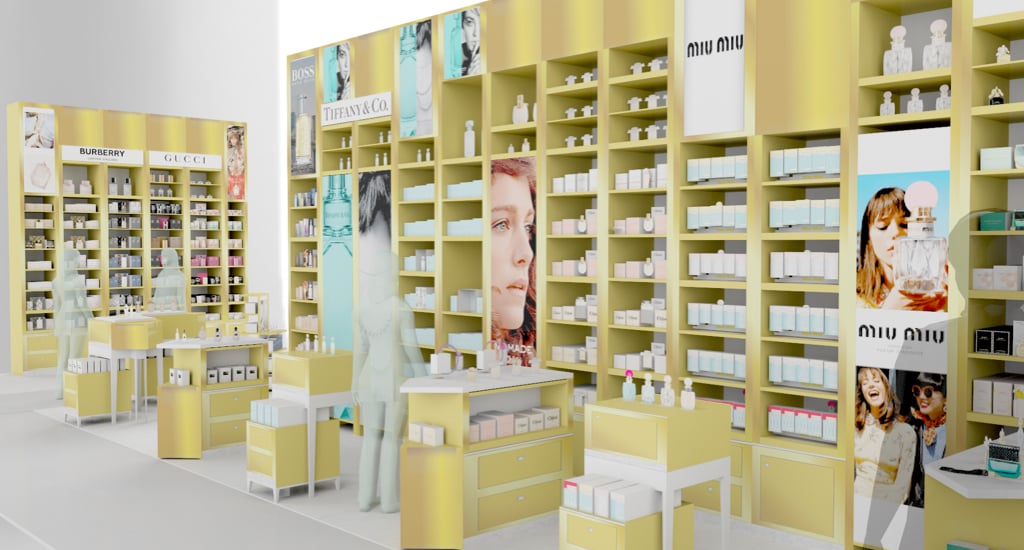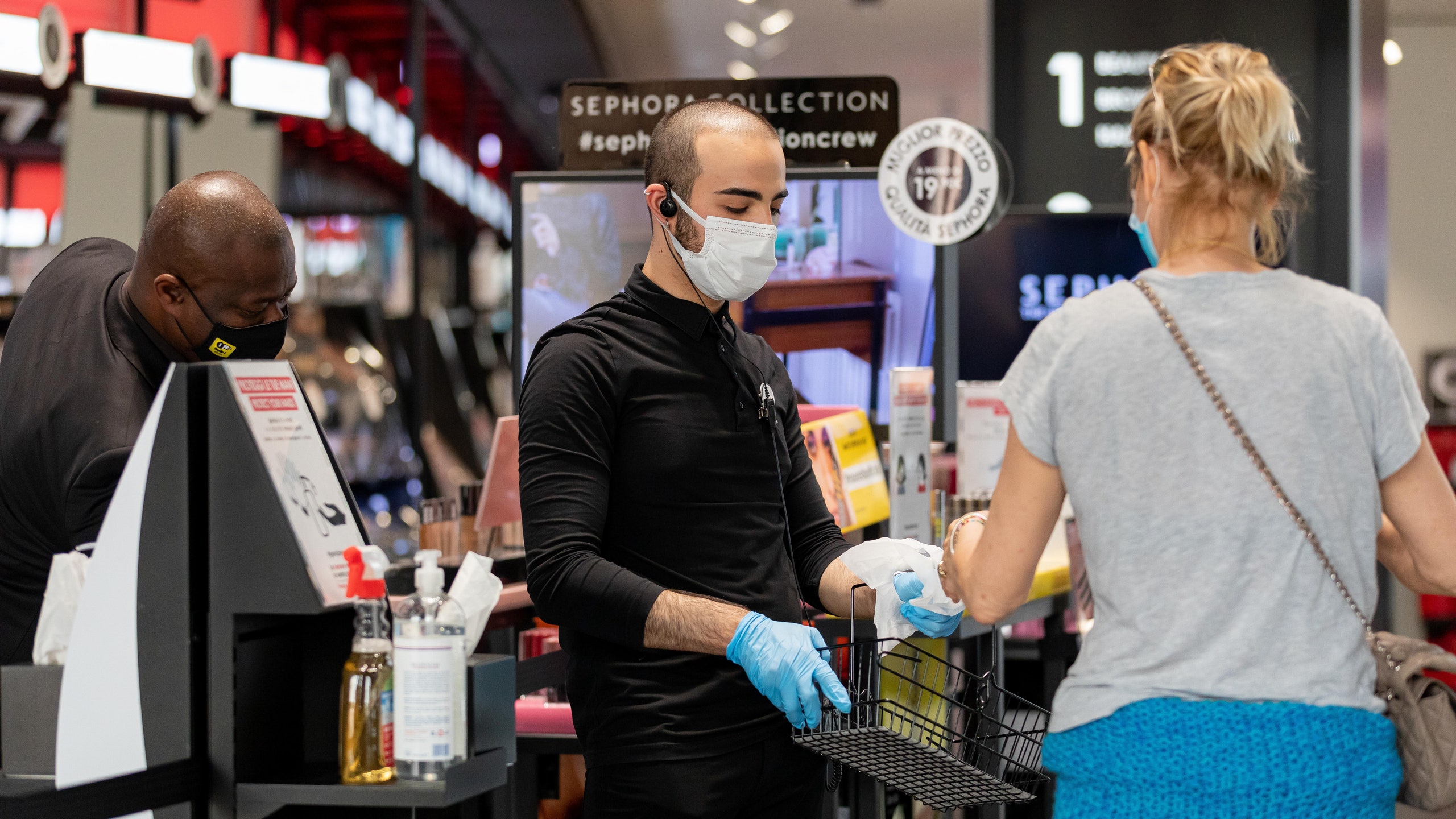- Membership
- The NY Chapter
- Our Career Services
- Committees
- National FACC Network
COVID-19 Pandemic: Retail Return Strategies
Member news | December 09, 2020
For all of us, the last few months have carried along much doubt and uncertainty, as the Covid crisis brought unprecedented situations and raised many questions.
Brick and mortar retail was already going through major disruptions, but the pandemic certainly exacerbated some trends and accelerated some anticipated fallouts.
Fueled by our reading & analysis of industry news as well as conversations we’ve had with some of our clients, we wanted to take a moment to reflect on the various impacts on the retail industry, as countries, states, and stores are carefully reopening their doors.
New shopping regulations
Retailers are coming up with different reopening strategies for their physical stores that have, in the most part, been completely shut down for two plus months.
A great majority of brands are offering curbside pick-up first, before truly opening up their space to the public. When they do so, they will all be following strict social distancing guidelines.
One can expect a line at the front door, limited number of customers let inside the store at once, a mandatory sense of circulation “a la Ikea”, and in some cases, temperature check devices at the entrance. Some chains are implementing shopping by appointment, others are closing bathrooms and fitting rooms completely. Some brands are quarantining returns and tried-on items for up to 72 hours.
The design of the stores will be impacted, as the actual saleable footprint will be reduced to allow for more frequent cleaning and sanitization, and so will the number of products available for sale (the halt of some factories resulting in manufacturing delays during the pandemic is also responsible for reduced collections).
Those new regulations require time and energy to implement, and it is encouraging to read that Bath & Body Works, in the “handful of stores that have reopened are seeing business similar to before the pandemic”.
American Eagle sees a similar effect, “where shoppers returned cautiously at first, then with more gusto. Sales also are on the rise: many reopened stores are selling as much merchandise as they were a year ago, according to Jay Schottenstein, the company’s chairman and chief executive.”
Reaction in Beauty
Beauty, because of its highly experiential nature, will most likely be the most transformed sector. Testers as we know them will no longer be, at least for now.
Photo: Allure.com
In Sephora, one can sample a product only with the help of a sales associate, who will be disinfecting them in front of customers after every single use. Ulta will have testers for display only.
We can also expect the rise of individual single use samples, even though that is not a sustainable solution.
Augmented reality applications, which were already in place at selected department stores, should become more prevalent and might even be the new way of trying on make-up.
This sounds like a logical shift for the lip and eye categories, especially as services provided by make-up artists are still paused.
One can expect that customers will spend less time inside a store, and will either head directly towards brands and products they are already familiar with, or will be attracted to products that stand out. In that regard, planning and planogramming will be essential, and a seamless execution of in-store visual merchandising will be more important than ever.

Photo: IWD DISPLAY, Planogramming software
Reaction in Fashion/Footwear
Patagonia, first one to close their stores in North America, might be the last one to reopen, as it’s taking all precautionary measures to ensure employees’ safety, as well as customers’. This includes major changes in distribution centers too.
Most fashion and apparel brands are considering keeping changing rooms closed for the time being, or at least close every other one. After being tried on, clothes will be deposited in large “laundry baskets” so they can be steamed before being put back on racks.
Spring and fall collections will have to live together for a little while, since early 2020 inventory has piled up during the lockdown.
Technology allowing brands to plan and optimize the assortments blend will be key to delivering detailed visual merchandising guidelines to field and store teams that may be overwhelmed by an already long list of regulations and check-lists.
Travel Restrictions
From a brand management perspective, work related travel will likely not return to what it was just a few months ago. Large corporations such as L’Oréal or Estée Lauder do not want to put their employees’ safety at risk by flying them across the country for store visits, retail tours or store openings. Which means companies that are using reliable and dynamic platforms to keep an eye on the field will be better equipped to react in real time to the realities of the new normal.
At IWD, we are proud to accompany our clients in this crucial reopening phase. Some of our clients are using DISPLAY 3D software to design new store layouts and then NETWORK to communicate on those. When new travel tendencies have limited their store visits and ability to meet directly with colleagues, digital tools can alleviate some of these challenges, and promise a more successful rebound.
This #MemberInsights article was contributed by FACC Member IWD, a retail thinking company providing software and services to help brands achieving merchandising excellence and increase profitability.
Feel free to connect with IWD in the Member Directory today.



